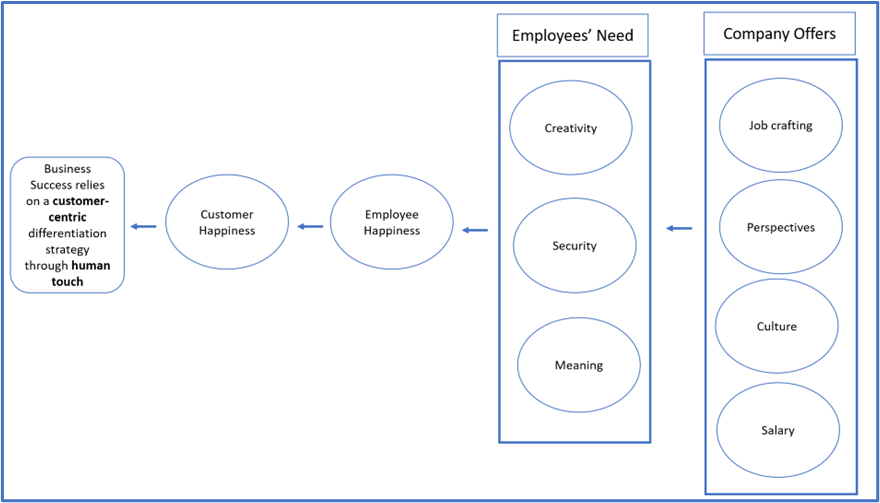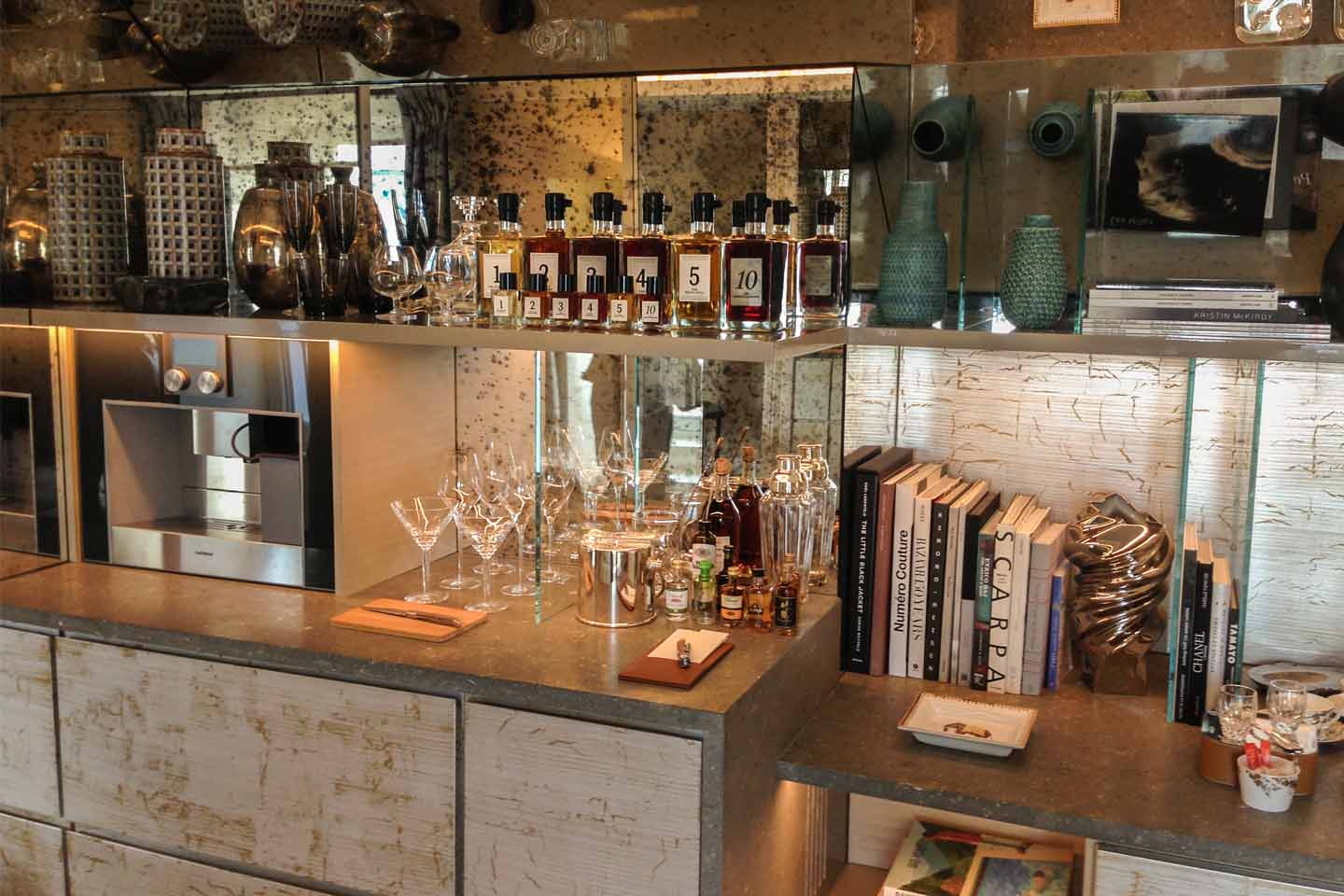Human interaction is more important than ever as society recovers from COVID-induced social changes and welcomes the arrival of ubiquitous artificial intelligence such as ChatGPT. Human experience based on interactions is not only critical to the traditional hospitality industries but also other industries, such as healthcare and retail. As part of the Hospitality Vibes interview series, I interviewed Claudio Garbellini, Deputy General Director of SOL Group, Italy’s leading home care provider. The aim: to understand a leading expert's perspective on human interactions and their impact.
What is the concept behind ‘patient happiness’?
What led me to “patient happiness”, was wanting to define a sense of excellence in our work, i.e., a concept beyond the idea of traditional customer satisfaction that everybody could immediately understand. If somebody is happy, it means that they are more than satisfied. It signifies having achieved something exceptional: the job has had a positive impact on somebody’s life - which is extremely rewarding. This is the basic idea behind the desire for “patient happiness”.
At the same time, as an economical operator, we have to be customer-centric which means being sure that our offer has all the characteristics to be chosen by the customers. In our line of business, our customer definition is unique as it involves several decision makers. We refer to them as the ‘magic triangle’: patients, physicians and payers.
The patient receives the service but usually does not choose or pay for it. The physician chooses the service but does not use or pay for it. Most of the time, the payer is the healthcare system or the insurance company.
In order to be chosen we need to gain the trust of all these stakeholders, especially that of the decision makers in critical situations. This can be quite complicated, as the weight of the decision power varies significantly depending on many aspects.
But what do these stakeholders have in common? The wellbeing of the patient. Patients remain at the center of the equation, and if they are happy, (i.e., beyond satisfied), all the stakeholders will be willing to work with you.
In this sense, the hospitality industry has a similar customer-centric philosophy. When you step into a hotel or restaurant where employees treat you exceptionally well, you immediately notice it - their enthusiasm and dedication radiate happiness in their work. In a similar vein, our medical business strives for patient happiness by fostering employee happiness.
What makes you believe in employee happiness?
Our job leaves little space for mistakes as each slip up could have an impact on a human life. Being consistent in what you deliver is pivotal to our activities. This requires important organizational investments in medical technologies, IT systems, capillary logistics, and especially people’s know-how. But this on its own could come across as “cold or industrial” if there weren’t special attention given to the human being - the one that generates “patient happiness”.
This is what often differentiates us from our competitors: the culture of excellence for every single case and, above all, the human touch because we believe that feeling treated as a human is vital, especially when in a vulnerable state.
Physicians say that human attention and empathy are a type of therapy, transmitted by people who really care for their job and get satisfaction from what they do. My boss once said you can't motivate people if you are not motivated yourself. Similarly, you can't make patients happy if you are not happy yourself. That's why we aim for employee happiness.
How to create employee happiness?
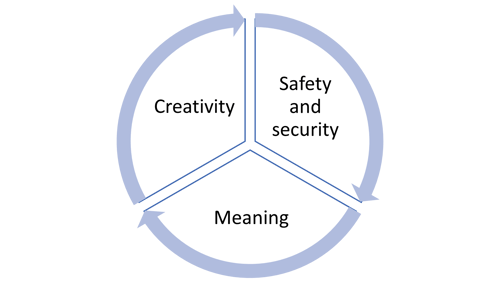
Figure 1: What do human beings search for in their lives?
What do human beings search for in their lives? Psychologists have often stated that creativity (innovation or new experiences), along with safety and security instead of risks, add meaning to a person’s work. If people live out new experiences without safety and meaning, they will not be satisfied. If people only want safety and security, their life may become boring. When taking care of employees, managers work along these three lines to create something new, provide a safe environment and give meaning to their work.
The mission of our medical business is to enable patients to be treated at home - not in hospital. This is a simple mission statement that motivates many people, especially me. Our employees know that their work is valuable to patients and this is very motivating in itself. Then, every person has their own ‘motivation triggers’ and managers have to, one by one, identify employees' individual drivers balancing the components of creativity, safety and security and meaning.
Given your organization has 3,000+ employees, how can you aim to know them individually?
It is of course impossible to follow every single employee. For sure it is very important to overcommunicate the ultimate goals, but I can't simply tell these stories and expect that this motivates everyone. It only works if there are more people, and not necessary just managers, who share these values. But when a company has a lot of staff, as in our case, it is the continuous creating of experiences that nurtures this spirit. In truth, it’s the stories I hear from the teams around me that are actually motivating me in a virtuous cycle.
All of our employees know that their work is based on taking care of patients, even the ones that they are not in direct contact with. As stated, this work is inherently rewarding but can also be quite challenging. Employees can be attacked by patients very easily, for instance, and they need in this case their team leaders to help and support them.
People follow other people, much more than they follow ideas. So, in our company which is organized into small or medium groups, you need to have leaders who are visible and present. Understanding individual employees and giving meaning to their work is the essential work of the manager.
In big corporations, employees often do not understand the ultimate goals or take them for granted. We believe that it is crucial that employees and managers recognize that they can contribute to the ultimate company goals and that there is a right balance between staff autonomy and responsibilities. You need to make this real every day.
How do you measure employee happiness?
At present, we don't have specific measurements but use the classical human resource KPIs, such as employee turnover rate.
A high turnover is not a good sign and we have to understand why employees are leaving. I believe this happens normally for four reasons. First, they don't like what they do. Second, they do not have perspectives, (not necessarily career-related, this could also be simple things like the possibility of learning something new). Third, they don't enjoy the atmosphere of the department (it's very difficult to stay when not aligned with the direct boss). The fourth one is the salary aspect.
We can see these four factors in a reverse way. If we want to retain employees, we must offer them something they like to do (job crafting), provide perspectives, a good atmosphere through culture, and a good boss and a competitive salary package. We nurture all these elements to create employee loyalty.
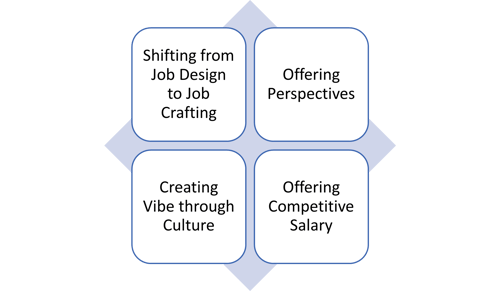
From employee happiness to employee fulfillment
Achieving patient happiness through human touch is our strategy to differentiate from our competitors. Happy employees will deliver the patient happiness. To improve employee happiness, my main message is to consider the individual employee's need for meaning, creativity, safety, and security and leverage the nature of the job, perspectives, atmosphere, and salary. We do all these for the sustainable success of the company.
However, while employee happiness is a good concept, I sometimes prefer alternative terms such as employee fulfillment and self-motivation - to avoid possible wrong interpretations. Chasing employee happiness doesn't mean spoiling people like children or having them not work hard.
Companies in every industry, including hospitality, aim to achieve sustained success, and hard work is a vital component of that. A solid business performance must in my opinion always be the ultimate goal of a company and it comes above harmony, thereby the two don’t conflict in my opinion. Especially in healthcare. Continuity is an important asset, customers like to interact with people they know and harmony in the company plays an important role in this aspect.
However, when a manager’s main goal is harmony, people may end up not speaking about problems because they don't want to destroy the harmony. Consequently, the company misses the opportunity to find solutions. Eventually, problems become more prominent and end up with poor business performance - and then no harmony is possible anymore.
What architectural design and organization can be used to improve employee happiness?
There are three elements that comes to my mind: a good physical layout of the workplace, the availability of working from home and team-building activities. Our operations in UK recently moved into a new modern building and many employees emailed us enthusiastically about it. I am curious to see how long it will last, but there are positive reactions for the moment.
![]()
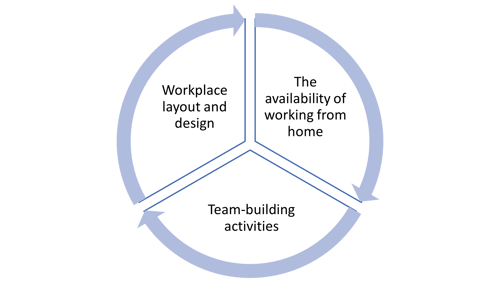
The second element, which is very in vogue at the moment, is the possibility of working from home. Some employees request this while others feel isolated and want social contact. We also organize regular employee trainings and team-building activities to create and sustain team spirit.
These are important tools for managers which can be used to motivate people, however no fancy office can keep employees motivated if employees don't find the basic components that we mentioned earlier.
What is the role of technology?
Technology can take out repetitive tasks and also avoid mistakes, which is relevant for us. A manager of a private hospital in Milan once told me that anything that could be transformed or validated by algorithms, must be algorithmized. I also believe in that.
Think about artificial intelligence. Today our patients call to ask questions about their devices or their therapies to our experts. Sometimes these questions can be answered only by people with specific know-how, but many of them could be addressed by technology such as chatbots. Adoption of these technologies on a large scale finds resistance in the healthcare industry because the patient population is considered to be less ‘digital’ and also because this partially removes the famous ‘human touch’.
The healthcare industry is not necessarily the best environment for new experiments because patient safety is the top priority and it is correct to be risk conscious. Therefore, maybe the impact of AI will come slower than other industries, but it will come.
Refraining to follow progress means that sooner or later you will oblige people to perform jobs that they know it could be done by a machine, which is not very motivating. Not automatizing also would create a competitive disadvantage very quickly. It's again up to the companies to change in a smart way. Use technology to make work better, easier and safer for employees.
Companies need to evaluate what technology can and can't provide. Technology certainly cannot offer the human touch!
Jeff Bezos believes people are ready to do anything to save one euro, and indeed, economic benefits play a very important role in the decision making of the consumers. Yet, Amazon's service is fantastic and works very well. Regarding the hospitality industry, people can order food delivery and avoid human interaction if they want something quick to eat. But when people go to a restaurant it is not only about eating. Yesterday was my wife's birthday: we went out with the family, interacted with the owner, enjoyed seeing other people and even learned something from the waiter. All these aspects are part of going out. Technology cannot offer a similar experience, the joy of social interaction needs a physical environment.
